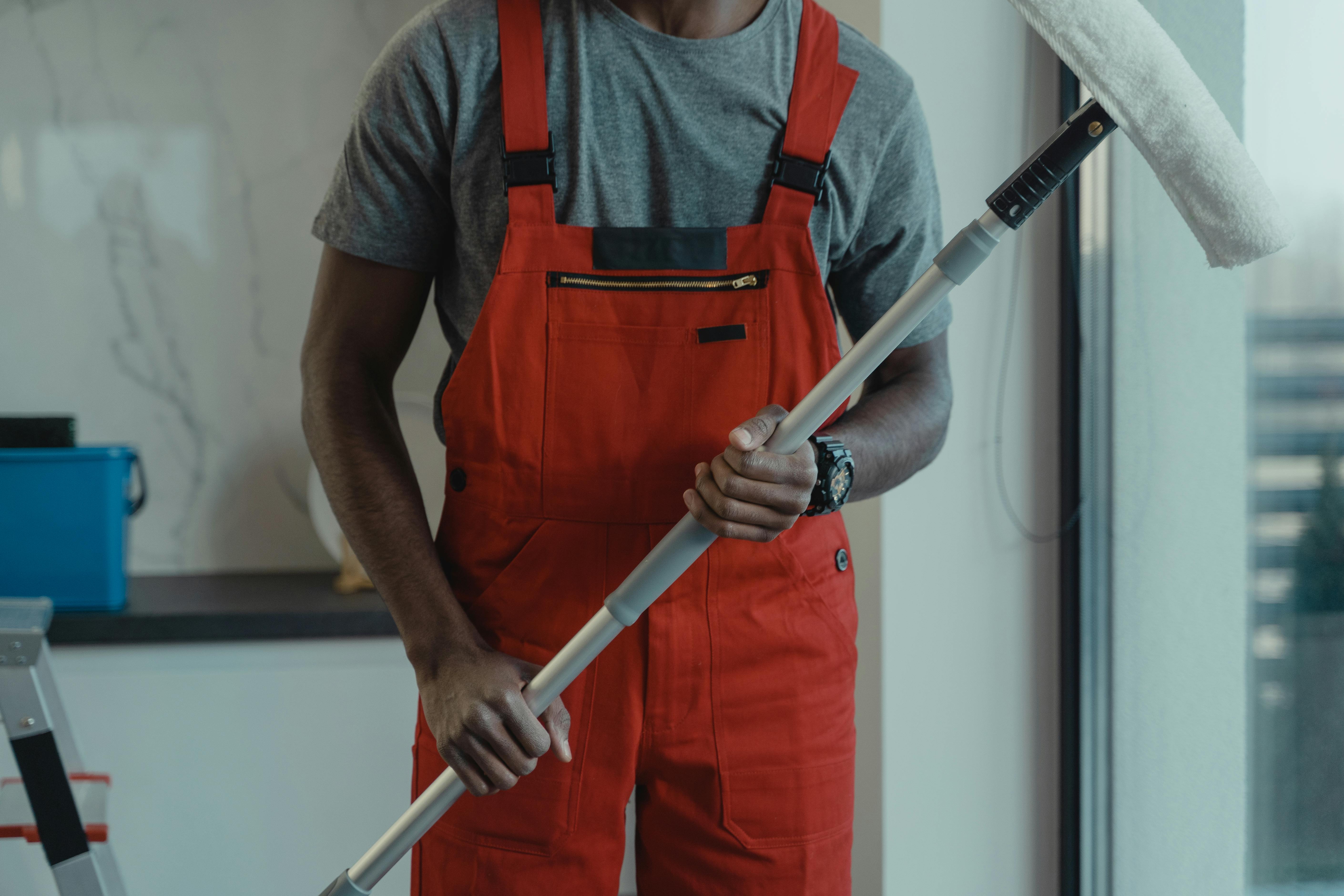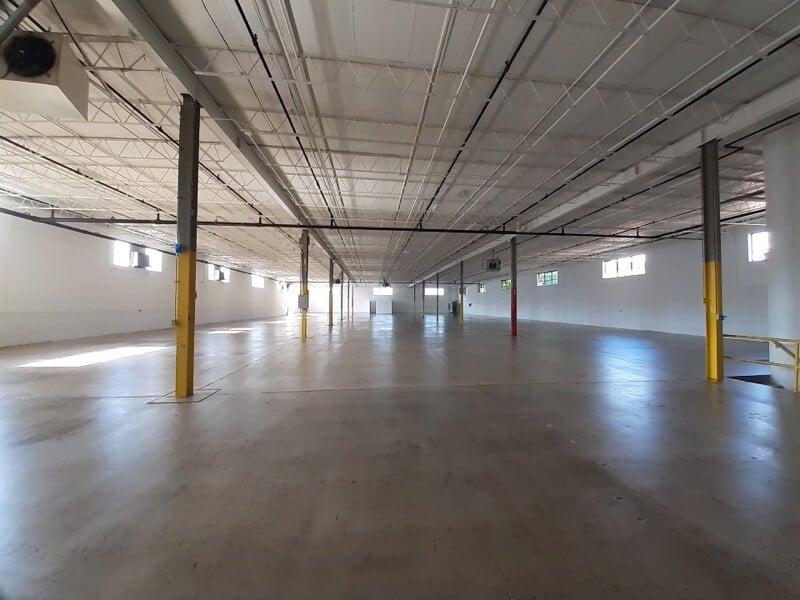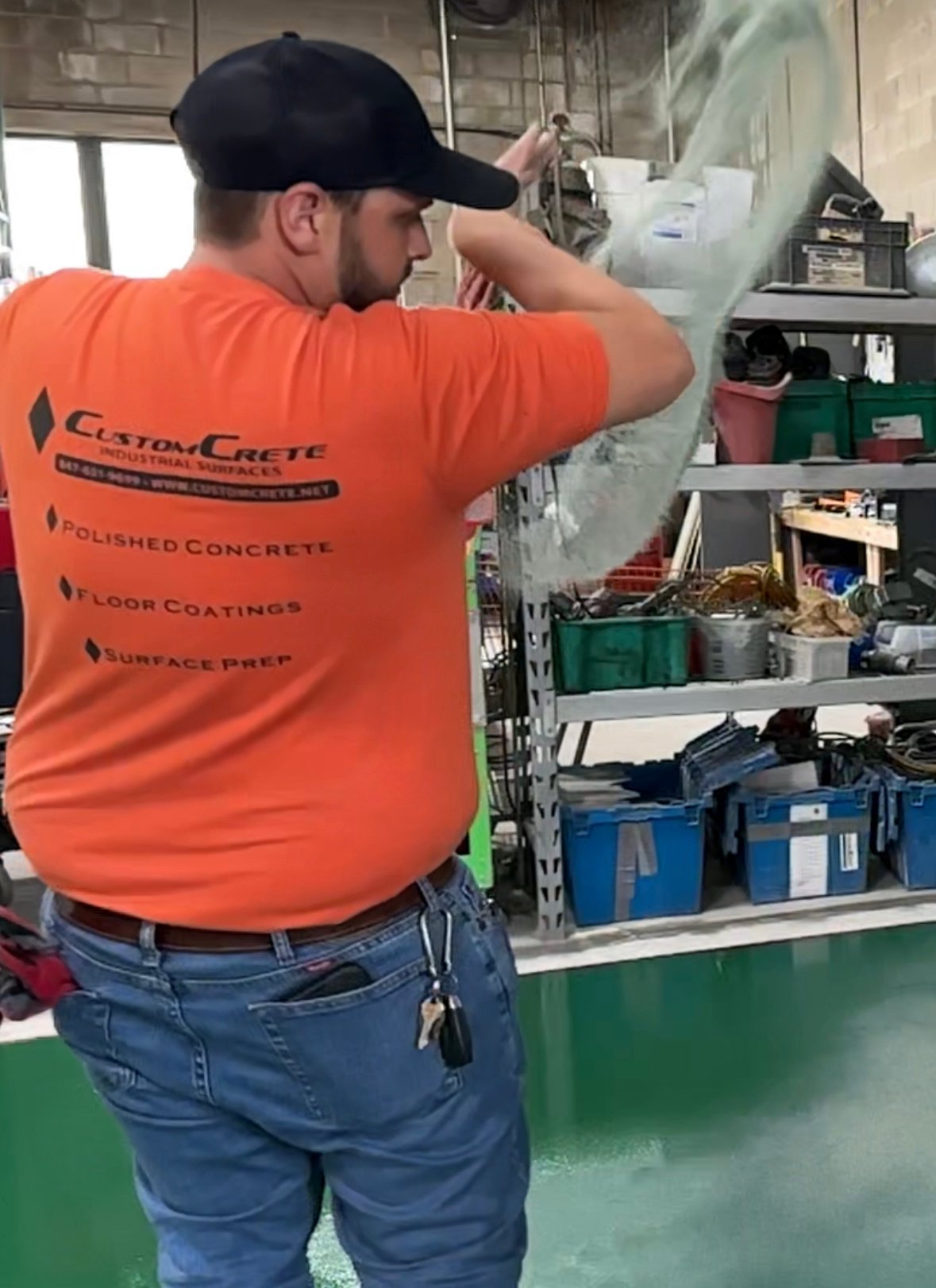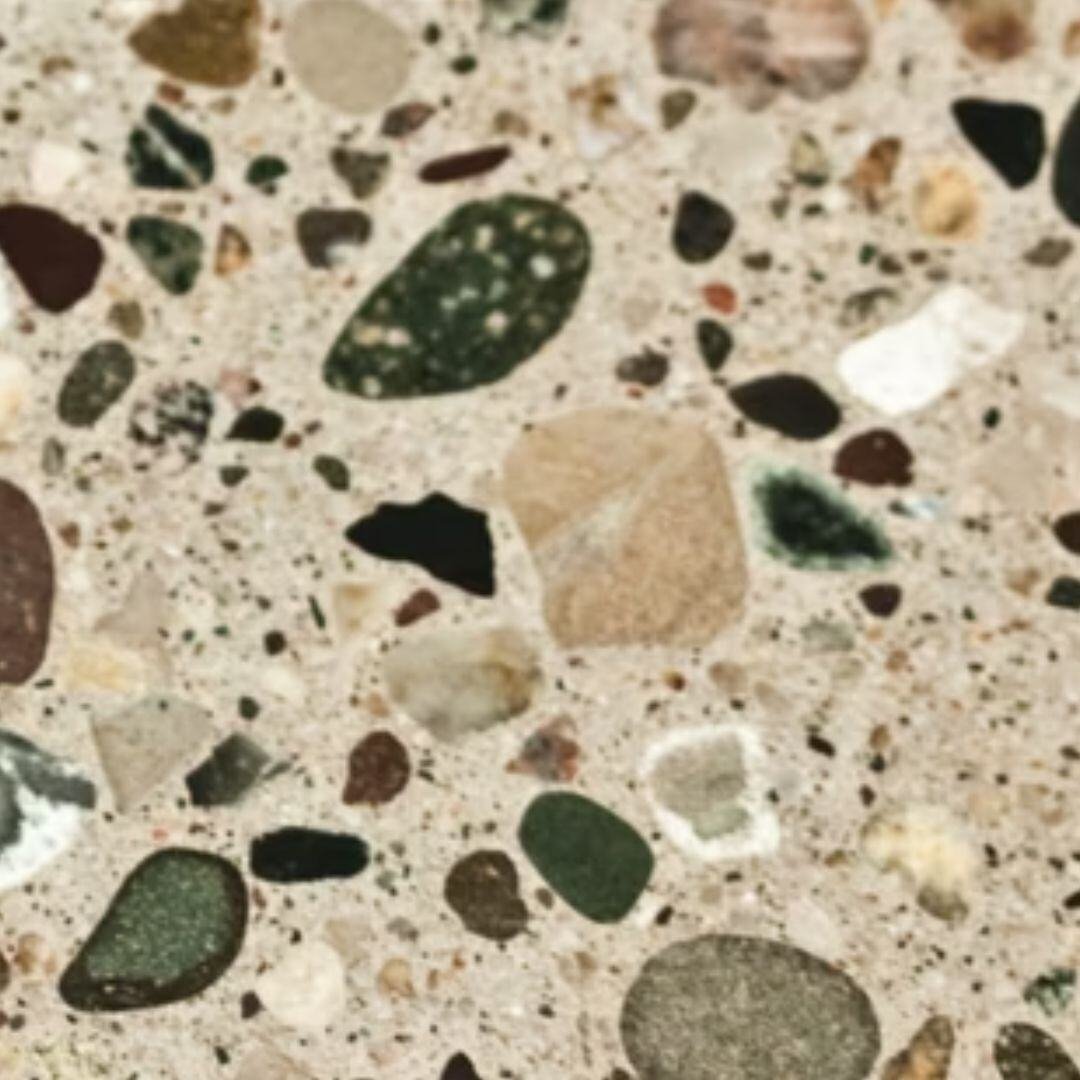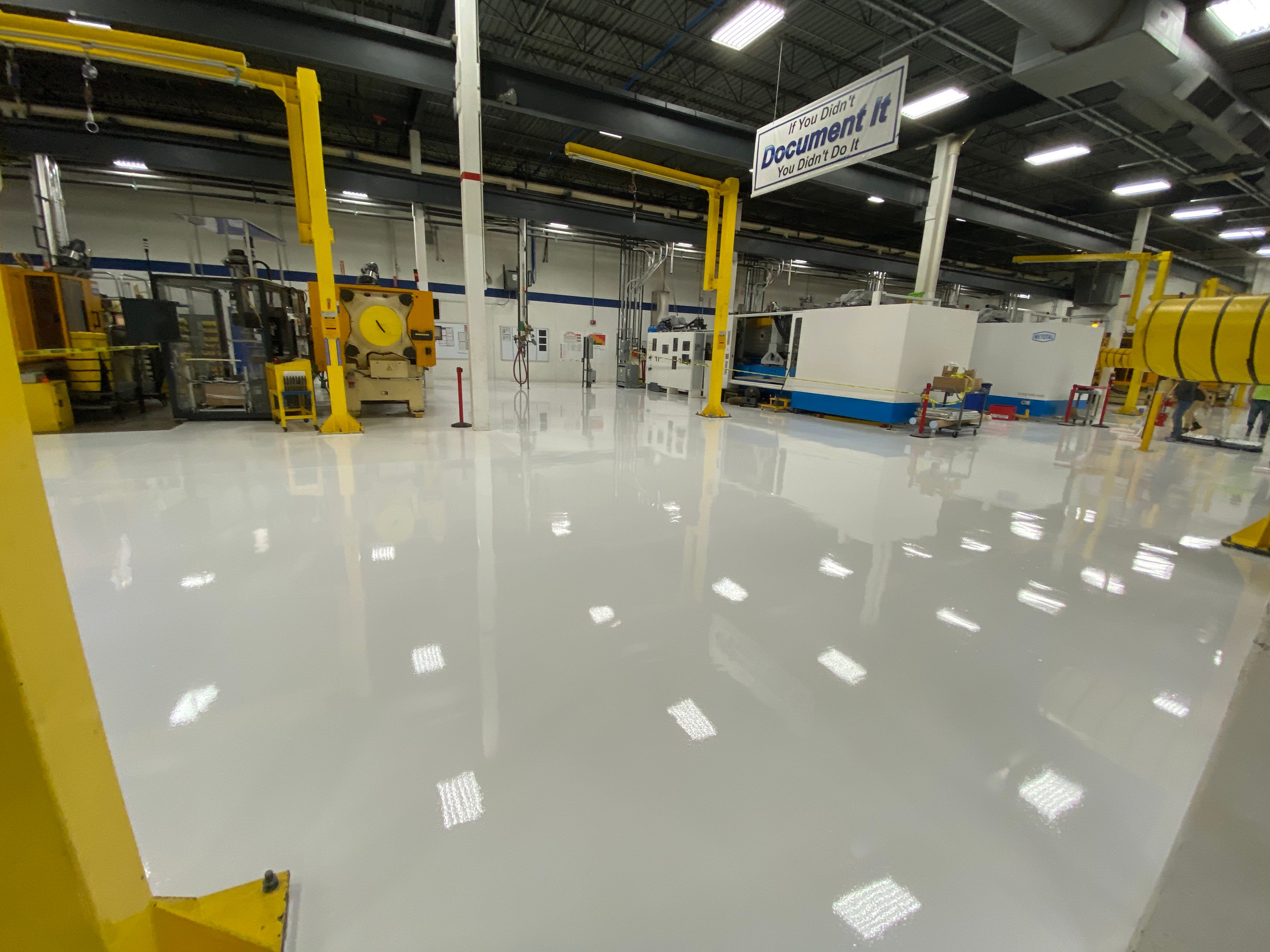
When you're preparing a floor for new finishes—whether it's epoxy, tile, or polished concrete—the quality of your surface prep can make or break the final result. A smooth, level base isn't just a cosmetic detail. It’s essential for long-term durability, safety, and performance.
But when it comes to smoothing a floor, not all methods are the same. Two of the most common approaches are self leveling concrete and traditional smoothing techniques like hand-troweling or grinding high spots. Each has its strengths, costs, and ideal applications.
In this blog, we’ll break down how these two methods compare, what types of projects benefit most from each, and how to decide which is the right fit for your facility.
What Is Self Leveling Concrete?
Self leveling concrete is a polymer-modified compound that’s poured onto a substrate and spreads evenly to create a flat, smooth surface. It’s thinner than traditional concrete and designed to “flow” into low areas without the need for troweling.
The material cures quickly and is ideal for correcting uneven or damaged slabs before installing coatings, tiles, or other surface systems.
Common applications include:
- Preparing slabs in office, commercial, and warehouse settings
- Repairing surface damage or patching low spots
- Creating a flat base for sensitive finishes like epoxy or LVT
What Are Traditional Smoothing Methods?
Traditional smoothing methods typically involve mechanically grinding or sanding high points, hand-troweling skim coats, or using patching compounds to fill in imperfections. This process is often slower and more labor-intensive.
It’s best used when:
- Only small areas need smoothing
- You’re prepping concrete that’s already mostly level
- Minimal build-up is desired to maintain elevation
While these methods can work well in limited cases, they often require experienced technicians to ensure consistency across large surfaces.
Self Leveling Concrete: Pros and Cons
Like any flooring solution, self leveling concrete comes with its own set of advantages and limitations depending on the needs of your space.
Advantages of Self Leveling Concrete
Speed and Efficiency: Self leveling concrete is fast to install. Once poured, it finds its own level and can be ready for foot traffic in as little as 4–6 hours, depending on the product.
Consistency Across Large Areas: It’s ideal for covering wide sections of floor, delivering a smooth finish with fewer seams or irregularities than hand-applied methods.
Ideal for Coatings and Toppings: Epoxy coatings, tile, and LVT require a flat surface. Self leveling concrete ensures a uniform foundation that helps prevent future cracking or lifting.
Support Surfaces: Self leveling concrete creates a stable and uniform base for a variety of flooring systems. Whether you’re installing carpet, hardwood, vinyl, or specialized coatings, the even surface reduces stress on the finished layer, helping to extend its lifespan and maintain its appearance over time.
Disadvantages of Self Leveling Concrete
Higher Material Cost: The initial material cost is typically higher than traditional smoothing compounds. However, this can be offset by reduced labor time.
Moisture Sensitivity: Like all concrete applications, moisture control is critical. A moisture test is often needed to confirm the slab is dry enough before applying a self leveling product.
Limited Thickness Range: Self leveling concrete isn’t designed to build up large slopes or fill deep holes. It usually works best in applications between 1/8” and 1” thickness but CustomCrete can provide ways for products to go deeper.
Traditional Smoothing: Pros and Cons
Traditional smoothing methods have been used for decades to prepare concrete surfaces, offering reliable results—but not without some trade-offs.
Advantages of Traditional Smoothing
Lower Cost for Small Repairs: If you're addressing minor imperfections or isolated areas, hand-applied patching is more budget-friendly than full-floor solutions.
No Special Mixing or Pumping Equipment: Traditional methods rely on tools most contractors already use—grinders, hand trowels, and patch mixes—making them accessible and flexible.
Tighter Elevation Control: When maintaining existing elevations or thresholds is important, skim coats and feather finishes allow more precise thickness control than flowing compounds.
Disadvantages of Traditional Smoothing
Labor-Intensive: Grinding or troweling takes time and skill, especially across larger areas. Inconsistent application can lead to dips or high spots.
Difficult to Scale: While great for spot repairs, these methods don’t perform as well when you’re trying to smooth thousands of square feet.
When Should You Use Self Leveling Concrete?
Consider self leveling concrete when:
- You need a large area smoothed quickly
- You’re installing a system that demands a level surface (like epoxy, tile, or LVT)
- Your floor has visible dips, humps, or cracks that would be too time-consuming to fix manually
It’s especially useful in commercial, industrial, or retail spaces where speed, durability, and finish quality all matter.
When Are Traditional Smoothing Methods Better?
Traditional smoothing might be the better choice if:
- You only need spot repairs or surface touch-ups
- Your budget is limited and the surface is already mostly level
- You’re working in a tight space or around detailed transitions
These methods are commonly used during small maintenance projects or when self leveling isn’t practical due to thickness limits or project constraints.
Moisture Testing: A Critical Step Before Any Application
Before applying self leveling concrete or any smoothing method, it’s crucial to test your slab for moisture. Excess moisture can lead to failure of both leveling compounds and topcoats.
- Calcium Chloride Test (MVER): Measures surface moisture
- RH Probes: Measures internal moisture levels within the slab
Skipping this step can result in bubbling, delamination, or product failure—so make sure moisture testing is part of your prep process.
Final Thoughts
When comparing self leveling concrete to traditional smoothing methods, the right choice depends on the scale of your project, the condition of your existing slab, and your budget.
Self leveling products offer speed and surface uniformity that’s hard to match, making them a top choice for facilities installing decorative or high-performance finishes. Traditional smoothing still has its place for smaller, budget-sensitive jobs—but may not be ideal for large-scale or high-spec applications.
Ready to explore a better way to smooth your floors? Visit CustomCrete’s Self-Leveling Concrete page to learn how our team helps businesses create flat, durable, and long-lasting surfaces with precision.
Topics:






